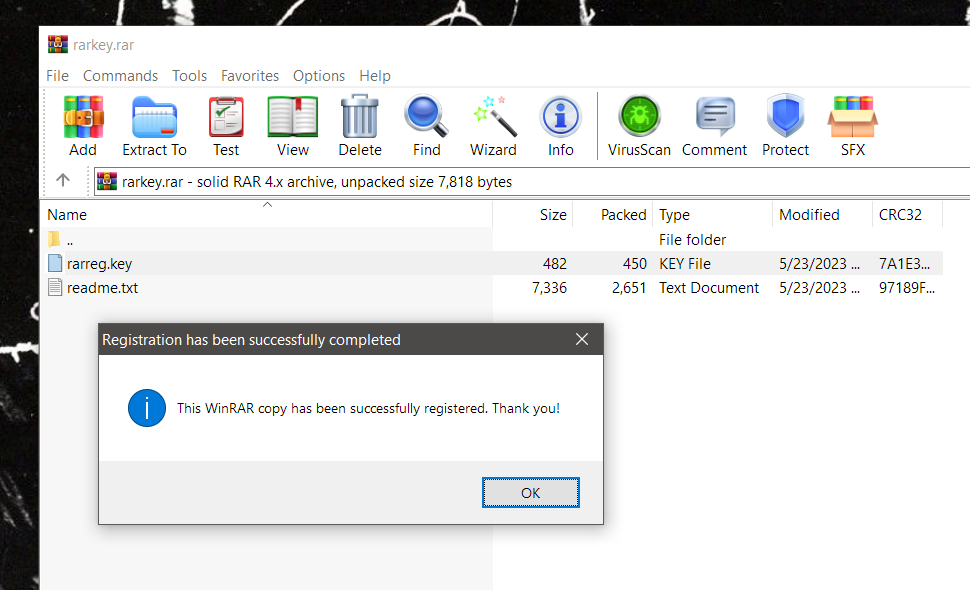Target is preparing a series of changes to make its curbside pickup service called Drive Up more appealing to consumers. The retailer announced on Wednesday it will begin testing an option that will allow customers to add Starbucks orders to their pickup as well as the ability to bring back items they want to return, among other changes.
The new additions are not yet available but instead are a part of a planned expansion of the Drive Up service in fall 2022 (Q3), Target said.
Initially, the enhancements will be piloted by store employees before rolling out to Target customers in select test markets, the company told TechCrunch. Likely, Target’s hometown market of Minneapolis will be among the first testers. However, Target declined to say which cities or how many stores would gain the features or when it expected the changes to roll out more broadly.
When available, customers will see the new options appear with the Target mobile app, which today powers Target’s Drive Up service. Here, customers today can place orders for curbside pickup, then alert the store when they’re on their way. That real-time notification about the customer’s location could tie into the Starbucks ordering option, as the company will know when to begin preparing the drink orders.
Target first partnered with Starbucks in 1999, and has at least 1,300+ Starbucks cafés inside its U.S. stores, to give a sense of the potential scale of this feature long-term. (In total, Target has over 1,900 U.S. stores, and a spokesperson noted “the vast majority” now include a Starbucks café.)
While grabbing a coffee during curbside pickup is a nice perk, the ability to manage returns without having to get out of the car is a highly competitive addition. Currently, most retailers require shoppers to come inside the store and visit the customer service counter to make a return, or ship their items back directly. Amazon offers a variety of destinations that shoppers can bring their returns to in person, like Whole Foods stores and Kohl’s. Walmart, meanwhile, rolled out support for online returns in-store in 2017. It then added support for marketplace items in fall 2018.
In addition to these changes, Target said it will expand its “backup item” functionality in more categories, including beauty and household items. This allows customers to pick a suitable replacement in the case their first choice is not available.
“Our guests continue to tell us they love the ease and convenience of Drive Up, and have been asking us to add even more of the Target experience to the service. Adding Starbucks ordering and easy returns, while expanding our backup item options, will give guests even more of what they love about shopping at Target, quickly and easily,” said Mark Schindele, Target’s chief stores officer, in a statement. “Ongoing investments in our same-day services have built trust and relevance with our guests, while meeting their needs — no matter how they choose to shop,” he added.
Drive Up is one of several same-day services Target offers, alongside its traditional online Order Pickup and its grocery-focused online shopping service Shipt, which is available both inside Target’s app, on Target.com and on its own branded website and app where users can shop non-Target stores, as well.
During Target’s third-quarter 2021 earnings, the company announced that its same-day services combined grew nearly 60% this year, on top of the 200% growth they saw during the year prior. The latter, of course, was amid the height of the coronavirus pandemic, which gave retailers’ curbside pickup options a massive boost. But while many consumers tried out curbside pickup for the first time to avoid shopping in-store during the outbreak, industry experts predict consumer adoption will remain high even as customers return to stores for in-person shopping.
Target has been adding new capabilities to Drive Up since its launch, including support for features like its Adult Beverage pickup, support for “Shopping Partners” (for customers who want to send someone else to pick up their order); “Forgot Something” for add-ons after orders were placed; and others. It’s also invested in capital projects to add more permanent storage capacity in more than 200 high-volume stores, plus flexible fixtures to provide temporary storage areas to support seasonal peak, the company noted in November.
from TechCrunch https://ift.tt/lxobtDB



0 comments:
Post a Comment